About Tour
The retreat unfolds in the heart of the Himalayas, offering a blend of natural beauty and spiritual sanctity. Rishikesh, known as the world’s yoga capital, lies beside the sacred Ganges River. Auli, a serene meadow surrounded by snow-capped peaks, provides a perfect backdrop for outdoor meditation. Badrinath and Mana Village immerse visitors in centuries-old spiritual traditions and mythological wonders.
Himalayan Yoga and Meditation Retreat
Embark on a transformative journey with Yatra Veda’s Himalayan Yoga and Meditation Retreat, a 7-day spiritual getaway designed to rejuvenate your mind, body, and soul. Set amidst the serene landscapes of the Himalayas, this retreat blends the ancient practices of yoga and meditation with the spiritual tranquillity of sacred destinations.
From Rishikesh, the world’s yoga capital, to the snow-clad serenity of Auli, and the mythological wonders of Badrinath and Mana Village, each moment of this retreat is crafted to help you reconnect with your inner self. Participate in guided yoga sessions by the Ganges, meditative treks in the Himalayas, and soulful chanting in the lap of nature.
This retreat promises not only an immersive spiritual experience but also memories that will resonate with you for a lifetime. Perfect for beginners and seasoned practitioners alike, the Himalayan Yoga and Meditation Retreat is your gateway to peace, mindfulness, and divine connection.
Key Highlights of the Tour
- Rishikesh: Yoga and spiritual capital of the world.
- Auli: Himalayan landscapes perfect for outdoor yoga and meditation.
- Badrinath and Mana Village: Blend of spirituality and Himalayan mythology.
- Morning yoga sessions by the Ganges in Rishikesh.
- Meditation in the serene meadows of Auli, surrounded by snow-capped peaks.
- Visit to the sacred Badrinath Temple and Tapt Kund hot springs.
- Exploration of Mana Village, the last Indian village near the Tibetan border.
- Group chanting and spiritual discourses.
- Scenic drives through Himalayan landscapes, including Devprayag.
- Personalized guidance from expert yoga and meditation instructors.
- Comfortable stays with Yatra Veda’s commitment to quality service.
Day 1: Delhi to Rishikesh (Gateway to the Himalayas)
Travel Options:
- By Cab: Approx. 6-hour drive.
- By Flight: 1-hour flight to Dehradun, followed by a 45-minute cab ride to Rishikesh.
Afternoon:
- Arrive in Rishikesh and check into your selected ashram or retreat centre.
- Attend an orientation session to introduce the retreat’s yoga and meditation practices.
- Unwind and prepare for the spiritual journey ahead.
Evening:
- Participate in the Ganga Aarti at Parmarth Niketan Ashram, a mesmerizing ritual by the sacred Ganges.
- Take in the spiritual atmosphere and experience the harmony of prayers and hymns.
Stay: Overnight in Rishikesh.
Parmarth Niketan Ashram
Parmarth Niketan is one of the largest ashrams in Rishikesh, attracting spiritual seekers from across the globe.
- Yoga and Meditation Programs: The ashram offers a variety of yoga sessions, including Hatha Yoga, Vinyasa Flow, and specialized meditation workshops. These are guided by renowned instructors and tailored for both beginners and advanced practitioners.
- Cultural Programs: Visitors can participate in devotional chanting, cultural evenings, and spiritual discourses conducted by respected gurus.
- Environmental Initiatives: Parmarth Niketan is also known for its environmental efforts, including clean Ganga campaigns and tree-planting drives.
- Ganga Aarti: The evening aarti is a visual and auditory spectacle, featuring the synchronized chanting of mantras, the lighting of lamps, and the serene ambiance of the Ganges River.
Day 2: Yoga and Meditation in Rishikesh
Morning:
- Begin the day with a sunrise yoga session on the banks of the Ganges, guided by experienced instructors.
- Follow with a guided meditation session to set a positive and calming tone for the day.
Afternoon:
- Take a nature walk to the serene Neer Garh Waterfall or explore iconic spots like Ram Jhula and Laxman Jhula.
- Optional visit to the Beatles Ashram, known for its spiritual ambiance and historical significance.
Evening:
- Join a Pranayama and Sound Healing Workshop to experience the calming effects of breathwork and sound vibrations.
Stay: Overnight in Rishikesh.
Beatles Ashram (Chaurasi Kutia)
This historic ashram, now part of the Rajaji National Park, holds a unique blend of spirituality, art, and music.
- Historical Significance: The Beatles visited in 1968 to learn Transcendental Meditation under Maharishi Mahesh Yogi. Their stay here influenced the creation of many songs from their “White Album.”
- Graffiti and Art: The ruins of the ashram are adorned with vibrant graffiti, murals, and writings inspired by the Beatles and their spiritual journey.
- Meditation Spots: The ashram features numerous meditation pods and halls, offering peaceful spaces for personal reflection.
- Natural Setting: Surrounded by dense forests, the ashram provides a tranquil escape and stunning views of the Ganges.
Ram Jhula and Laxman Jhula
These iconic suspension bridges are much more than architectural marvels; they are symbolic gateways to the spiritual heart of Rishikesh.
- Historical Significance: Laxman Jhula is believed to be the spot where Laxman, Lord Rama’s brother, crossed the Ganges using a jute rope.
- Spiritual Hub: Both bridges are lined with ancient temples like the Tera Manzil Temple and Swarg Ashram, drawing pilgrims and spiritual seekers from around the globe.
- Local Markets: The marketplaces near the bridges offer unique souvenirs, handmade jewelry, Rudraksha beads, and ayurvedic products.
Neer Garh Waterfall
A tranquil escape just a short trek from Rishikesh, Neer Garh Waterfall is a hidden gem for nature lovers and meditation enthusiasts.
- Trek Details: The trek to the waterfall is moderately easy and takes about 20–30 minutes, offering scenic views of the lush forest.
- Meditation and Relaxation: The soothing sound of cascading water creates a perfect ambiance for meditation and self-reflection.
- Photography Spot: The serene surroundings make it a popular spot for photography and nature enthusiasts.
Day 3: Rishikesh to Joshimath (Base for Higher Himalayan Retreats)
Morning:
- Embark on an 8-hour drive to Joshimath, passing through breathtaking Himalayan landscapes.
- Enjoy scenic views of confluences like Devprayag, where the Alaknanda and Bhagirathi rivers merge to form the Ganges.
Afternoon:
- Arrive in Joshimath and check into your accommodation.
- Take time to acclimate to the higher altitude and relax amidst the peaceful surroundings.
Evening:
- Optional exploration of Joshimath’s spiritual sites, such as the Narsingh Temple and Kalpavriksha Tree.
Stay: Overnight in Joshimath.
Joshimath – A Spiritual Hub in the Himalayas
Narsingh Temple
The Narsingh Temple is a sacred site with profound mythological and cultural significance.
- Deity and Architecture: The temple is dedicated to Lord Narasimha, the fourth avatar of Lord Vishnu, who is depicted here in his half-lion, half-human form. The deity’s idol is unique, with its left arm said to be shrinking over time, signifying an ancient prophecy.
- Winter Seat of Badrinath: When heavy snowfall closes the Badrinath Temple during winter, the idol of Lord Vishnu is brought to the Narsingh Temple for worship.
- Festivals and Rituals: The temple is a hub of activity during festivals like Narasimha Jayanti, attracting devotees for special prayers and rituals.
- Peaceful Surroundings: Located in the serene town of Joshimath, the temple offers a tranquil ambiance perfect for meditation and prayer.
Joshimath – A Spiritual Hub in the Himalayas
Narsingh Temple
The Narsingh Temple is a sacred site with profound mythological and cultural significance.
- Deity and Architecture: The temple is dedicated to Lord Narasimha, the fourth avatar of Lord Vishnu, who is depicted here in his half-lion, half-human form. The deity’s idol is unique, with its left arm said to be shrinking over time, signifying an ancient prophecy.
- Winter Seat of Badrinath: When heavy snowfall closes the Badrinath Temple during winter, the idol of Lord Vishnu is brought to the Narsingh Temple for worship.
- Festivals and Rituals: The temple is a hub of activity during festivals like Narasimha Jayanti, attracting devotees for special prayers and rituals.
- Peaceful Surroundings: Located in the serene town of Joshimath, the temple offers a tranquil ambiance perfect for meditation and prayer.
Kalpavriksha Tree
The Kalpavriksha, located in Joshimath, is a sacred banyan tree revered in Hindu mythology as a wish-fulfilling tree.
- Spiritual Importance: It is believed that Adi Shankaracharya meditated under this tree, making it a vital part of India’s spiritual heritage.
- Age and Resilience: With an estimated age of over 1,200 years, the tree stands as a symbol of resilience and divine blessings.
- Cultural Gatherings: Devotees and tourists gather here to meditate and seek spiritual guidance.
Devprayag
Devprayag is a sacred town where the Alaknanda and Bhagirathi rivers converge to form the Ganges.
- Pilgrimage Site: The town is home to the Raghunath Temple, dedicated to Lord Rama.
- Spiritual Ambiance: The confluence is a deeply spiritual spot, where devotees perform rituals and meditate by the riverside.
- Scenic Beauty: Surrounded by lush hills and traditional architecture, the town offers a perfect blend of spirituality and nature.
Day 4: Meditation and Yoga in Auli
Morning:
- Take a short drive or trek to Auli, a tranquil meadow surrounded by snow-capped peaks.
- Participate in outdoor yoga and meditation sessions, soaking in the serene beauty of the Himalayas.
Afternoon:
- Explore Gorson Bugyal, a scenic alpine meadow, via a trek or the Auli Ropeway, one of India’s longest cable car rides.
- Reconnect with nature in this pristine setting.
Evening:
- Join a session of group chanting and attend a spiritual discourse, fostering a deeper sense of community and spirituality.
Stay: Overnight in Joshimath.
Auli Ropeway
The Auli Ropeway is a must-visit attraction for its breathtaking vistas and thrilling experience.
- Key Features: Spanning 4 kilometers, it is one of the longest and highest ropeways in Asia.
- Scenic Ride: The ride offers unmatched views of Himalayan peaks like Nanda Devi, Hathi Parbat, and Ghori Parbat.
- Adventure Opportunities: During winter, the area becomes a hub for skiing and snowboarding.
Gorson Bugyal
Gorson Bugyal, a high-altitude meadow near Auli, is a paradise for nature enthusiasts and yoga practitioners.
- Trekking Trails: The trek from Auli to Gorson Bugyal is approximately 3 kilometers, offering panoramic views of the Himalayan ranges.
- Serene Setting: Surrounded by dense oak and coniferous forests, it is a perfect location for outdoor yoga and meditative retreats.
- Wildlife: The meadow is home to a variety of birds and alpine flora, making it an ideal spot for nature exploration.
Day 5: Spiritual Exploration in Badrinath and Mana Village
Morning:
- Drive approximately 1.5 hours to Badrinath, a revered pilgrimage site.
- Visit the iconic Badrinath Temple and meditate near the Tapt Kund (natural hot springs).
Afternoon:
- Explore Mana Village, the last Indian village near the Tibetan border.
- Visit significant sites like Vyas Gufa, where Sage Vyasa is believed to have composed the Mahabharata, and Bhim Pul, a mythological stone bridge over the Saraswati River.
Evening:
- Return to Joshimath and spend the evening in quiet relaxation or personal reflection.
Stay: Overnight in Joshimath.
Badrinath Temple
The Badrinath Temple is one of the most revered shrines in Hinduism and forms part of the Char Dham and Chota Char Dham pilgrimages.
- Historical Background: Believed to have been established by Adi Shankaracharya in the 8th century, the temple is steeped in ancient Vedic traditions.
- Temple Architecture: The temple’s colorful facade is striking against the stark Himalayan backdrop. The sanctum houses a 3.3-foot black stone idol of Lord Vishnu in a meditative posture, flanked by other deities.
- Tapt Kund and Ritual Bathing: Before entering the temple, devotees traditionally bathe in the Tapt Kund, a natural hot spring said to have healing properties and purify the soul.
- Festivals: The temple comes alive during festivals like Mata Murti Ka Mela and Badri Kedar Utsav, with special rituals and processions.
- Spiritual Significance: The temple is believed to be Lord Vishnu’s dwelling place, and visiting it is considered a path to moksha (liberation).
Saraswati River
The Saraswati River, though largely mythical, holds immense significance in Hindu tradition.
- Visible Section: In Mana Village, the river emerges briefly before disappearing underground, symbolizing its elusive nature.
- Spiritual Connection: It is considered one of the seven holy rivers of India, often associated with knowledge and wisdom.
Tapt Kund (Hot Springs)
Situated near the Badrinath Temple, Tapt Kund is a natural hot spring considered sacred by devotees.
- Healing Properties: Rich in sulfur, the water is believed to have therapeutic benefits for skin ailments and joint pains.
- Ritual Bathing: Pilgrims take a dip in the kund before offering prayers at the temple, as it is considered a ritual of purification.
- Mythological Significance: It is said to be the abode of Agni Dev (the God of Fire).
Vyas Gufa (Cave)
Located in Mana Village, Vyas Gufa is a sacred site where Sage Vyasa is believed to have written the Mahabharata.
- Cultural Significance: The cave is a simple yet profound spot for meditation and introspection.
- Architectural Detail: The entrance of the cave is adorned with carvings and inscriptions paying homage to Sage Vyasa.
Bhim Pul
Bhim Pul is a natural rock bridge over the Saraswati River, steeped in mythology.
- Mythological Tale: As per legends, Bhima, one of the Pandavas, created this bridge for Draupadi during their journey to the Himalayas.
- Saraswati River’s Origin: This is one of the few visible stretches of the Saraswati River before it merges underground.
- Visual Appeal: The roaring river flowing under the bridge offers a dramatic and awe-inspiring view.
Day 6: Joshimath to Rishikesh
Morning:
- Embark on the scenic 8-hour drive back to Rishikesh.
- Enjoy the picturesque Himalayan landscapes along the route.
Afternoon:
- Check into a serene retreat center in Rishikesh and unwind after the journey.
Evening:
- Participate in a Yoga Nidra Session to experience profound relaxation and prepare your mind for reflection and growth.
Stay: Overnight in Rishikesh.
Day 7: Rishikesh to Delhi
Morning:
- Begin the day with a final yoga and meditation session by the Ganges. Reflect on the transformative experiences of the retreat and set intentions for continued mindfulness in your daily life.
Afternoon:
- Depart for Dehradun Airport (~45-minute drive) for a flight to Delhi or take a direct cab (~6-hour drive).
Evening:
- Arrive in Delhi, bringing your spiritual journey to a fulfilling conclusion.
Inclusions:
- Accommodation in ashrams or 3-star hotels.
- Daily vegetarian breakfast and dinner.
- Guided yoga and meditation sessions.
- Air-conditioned transportation for the entire journey.
- Entry to temples and attractions mentioned in the itinerary.
Exclusions:
- Flights to/from Delhi or Dehradun.
- Lunch and personal expenses.
- Tips for guides and drivers.
- Travel insurance.
Q- Can I join the retreat if I’m traveling solo?
Ans. Absolutely! This retreat is perfect for solo travelers seeking spiritual growth and personal exploration. Our group environment fosters a sense of community, and you’ll have the chance to connect with like-minded individuals.
Q- Do I need prior yoga or meditation experience to participate?
Ans. Not at all. This retreat is designed for participants of all levels, from beginners to advanced practitioners. Our experienced instructors will guide you through each session, ensuring a comfortable and enriching experience.
Q- What type of clothing should I pack for the himalayan meditation tour?
Ans. Pack light, comfortable clothing suitable for yoga and meditation. Layers are recommended due to varying temperatures in the Himalayas, along with sturdy footwear for trekking and exploring.
Q- What is the best time to visit Kerala?
Ans. October to March is ideal for pleasant weather and clear backwaters.
Q- Will there be Wi-Fi and mobile connectivity at all locations?
Ans. While Rishikesh and Joshimath offer Wi-Fi and mobile connectivity, it may be limited or unavailable in remote areas like Auli and Mana Village. Use this opportunity to disconnect and immerse yourself in the retreat experience.
Q- What happens in case of medical emergencies during the trip?
Ans. Yatra Veda ensures your safety with trusted transportation and proximity to medical facilities. Our guides are trained to assist in emergencies, and first-aid kits are available at all times.
Q- Is photography allowed during the sessions and at temples?
Ans. Photography is generally allowed in public areas, but restrictions may apply during yoga sessions or at certain temples. It’s best to confirm with your guide before taking photos.
Q- What language will the sessions and instructions be conducted in?
Ans. All sessions are conducted in English, but our instructors and guides can assist in Hindi if needed. If you have specific language concerns, let us know in advance.
Q- Are there any age restrictions for participating in the retreat?
Ans. While the retreat is open to participants of all ages, it involves activities like trekking and long drives, which may be challenging for very young children or individuals with limited mobility.
Q- How much free time will I have during the himalayan meditation retreat?
Ans. The itinerary includes planned activities but also provides ample free time for personal reflection, exploring the surroundings, or relaxing in serene locations.
Q- Are non-vegetarian meals or alcohol allowed during the himalaya yoga tour?
Ans. No, the retreat promotes a sattvic lifestyle to align with spiritual practices. Only vegetarian meals are provided, and alcohol consumption is not permitted.

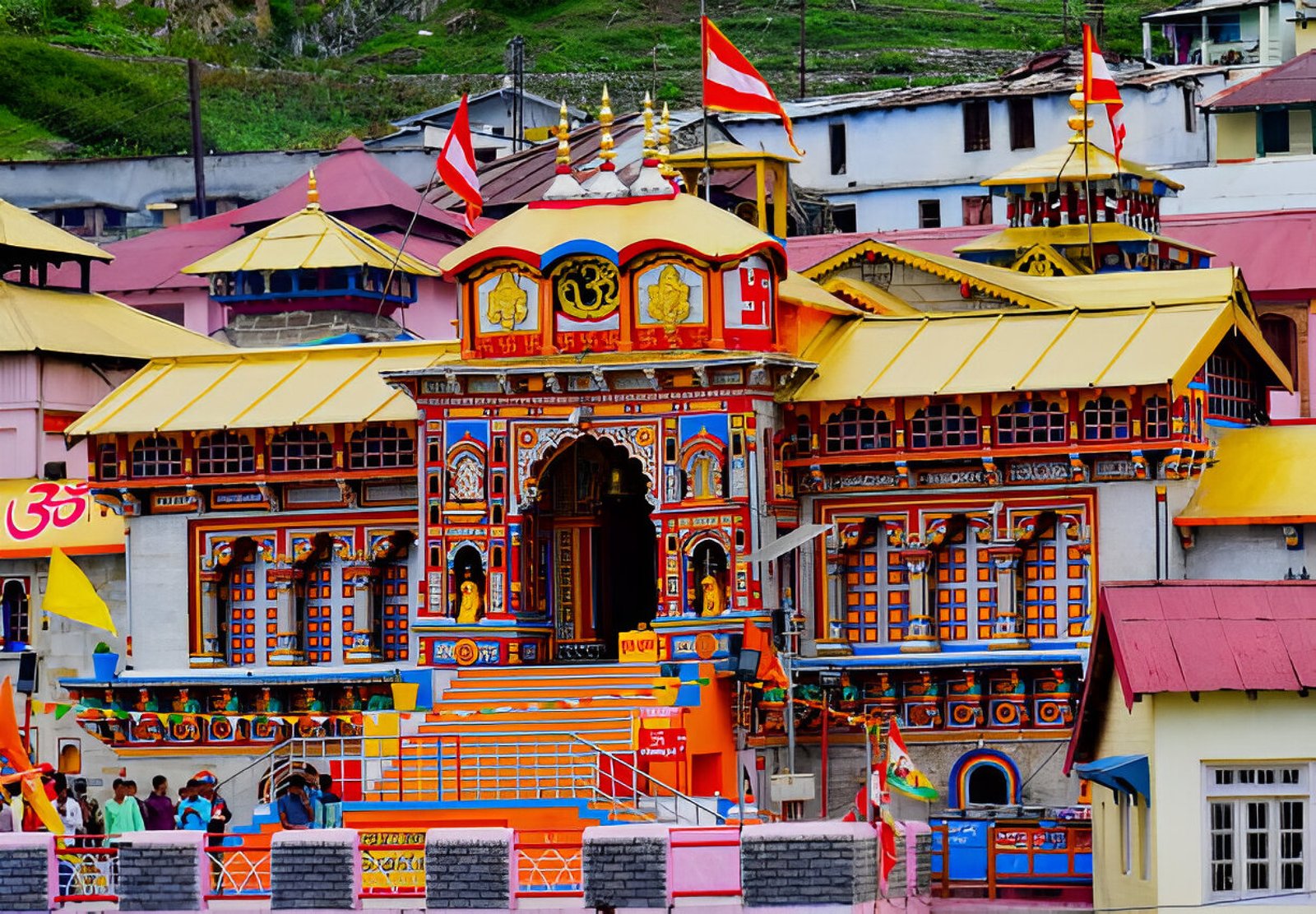
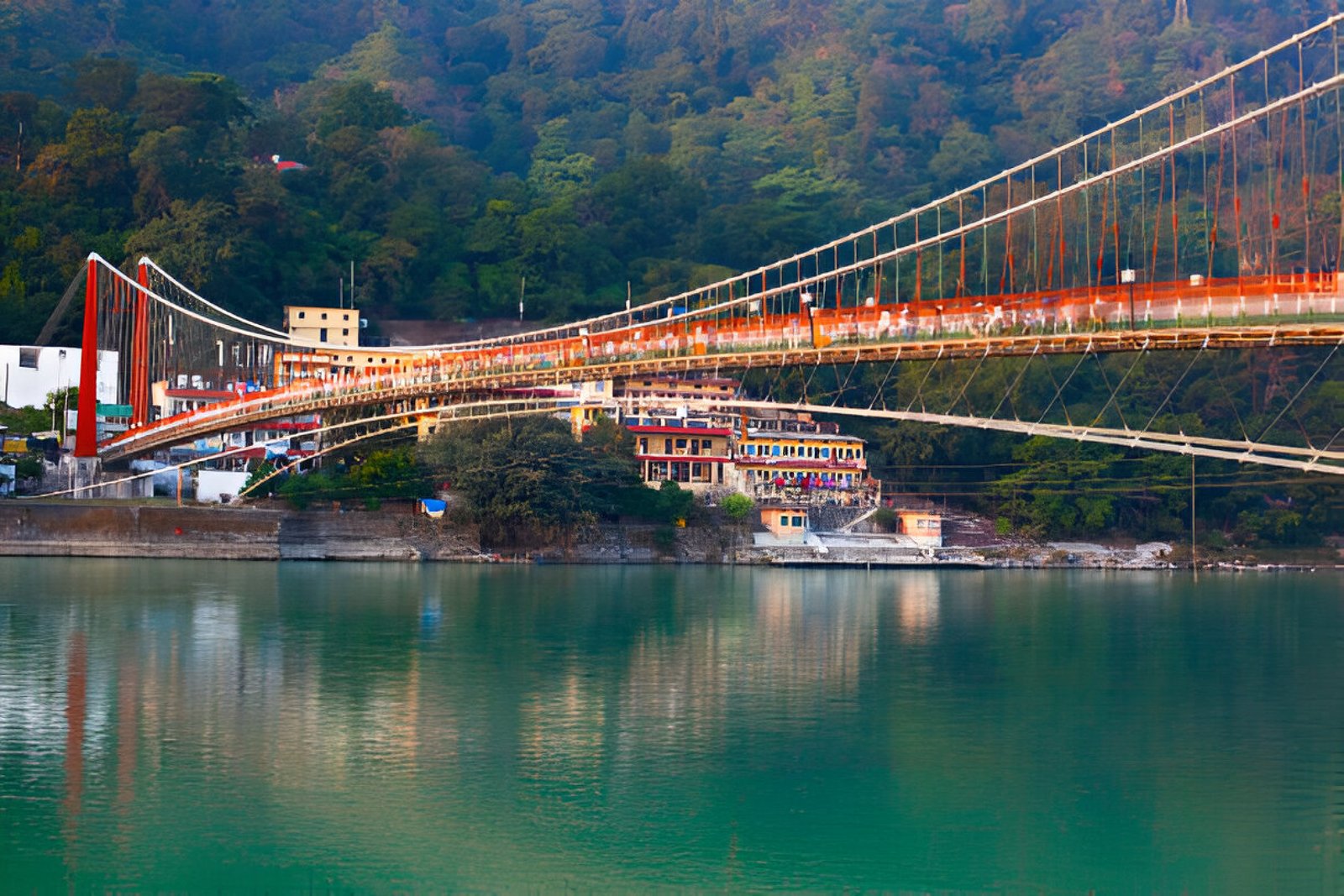
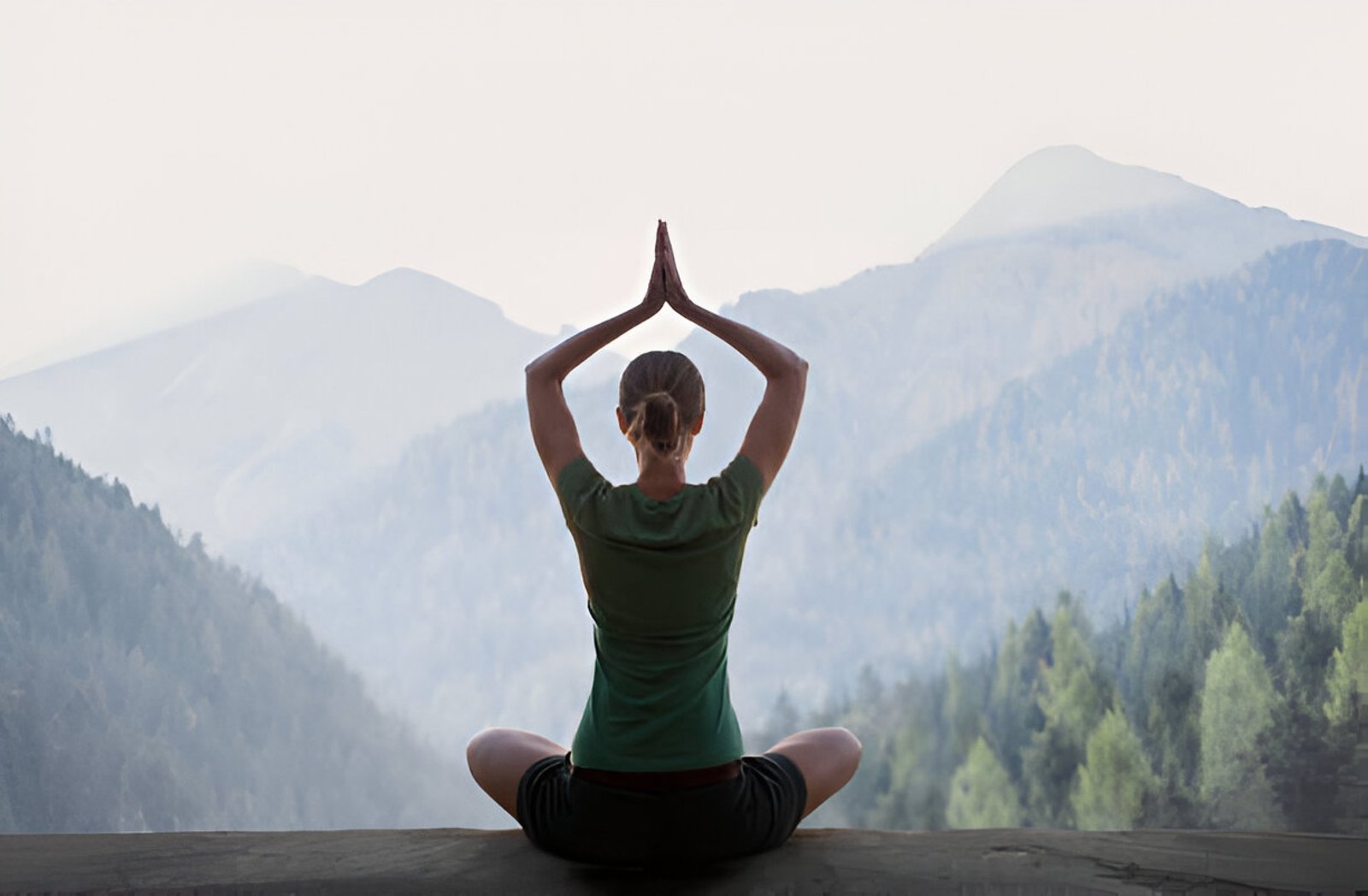
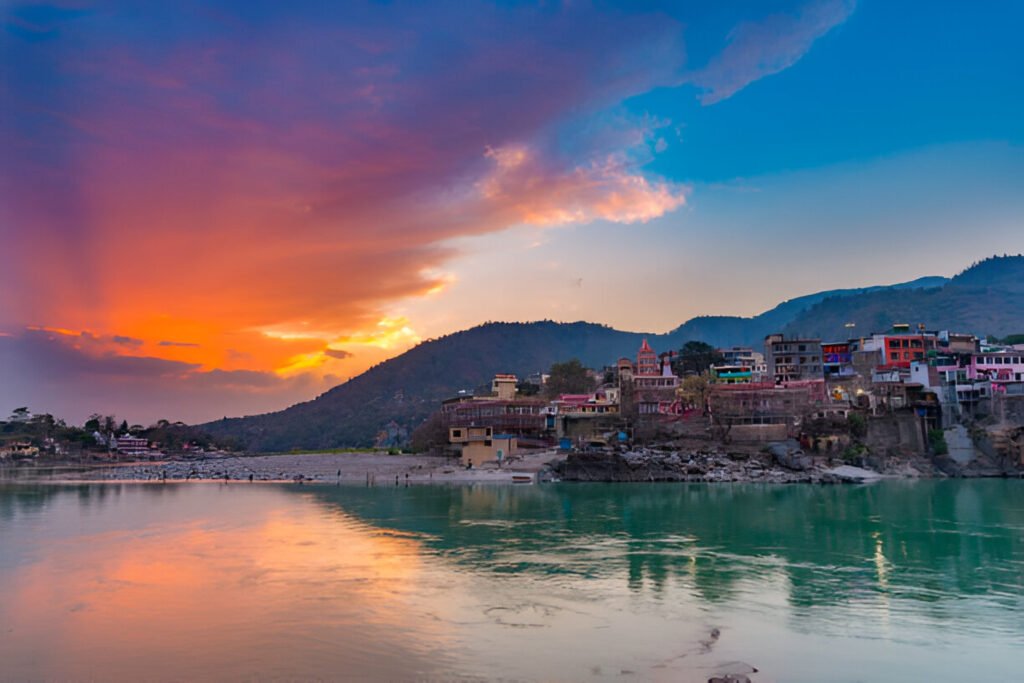
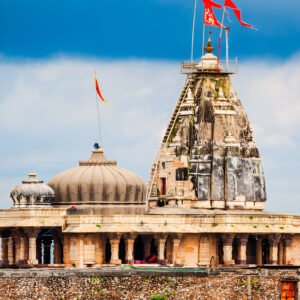



Reviews
There are no reviews yet.